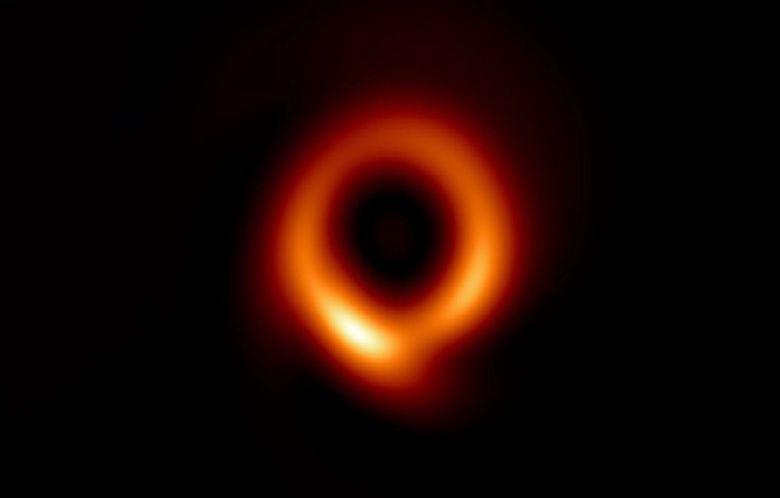Machine learning has done a lot in the past several years, from delivering crisper game graphics to unleashing a torrent of AI chatbots upon the world. Now, it has been instrumental in refining the iconic image of the supermassive black hole in the M87 galaxy. The so-called "fuzzy orange donut" is much less fuzzy today, offering the sharpest picture yet of this celestial monster.
The original image released in 2019 might be a little fuzzy, but it still made history as the first direct image of a black hole. A team of more than 200 astronomers collaborated on the Event Horizon Telescope to make that happen, linking eight radio telescopes to create a larger virtual instrument. Their target: the center of the Messier 87 galaxy, where astronomers believed they would find a black hole. And indeed they did.
Despite being an Earth-sized virtual instrument, there are still large gaps between each radio telescope node. Those data gaps limit the final image's sharpness, but machine learning has filled them in. Using a new technique called principal-component interferometric modeling (PRIMO) was developed by EHT collaborators Lia Medeiros (Institute for Advanced Study), Dimitrios Psaltis (Georgia Tech), Tod Lauer (NOIRLab), and Feryal Özel (Georgia Tech). The group has now published an updated image (above) depicting the M87 black hole in greater detail.
PRIMO is based on dictionary learning, a field of machine learning that generates rules based on extensive training data sets. PRIMO was trained using 30,000 high-resolution simulated images of black holes with accretion disks (see above). "We are using physics to fill in regions of missing data in a way that has never been done before by using machine learning," says Lia Medeiros from IAS.
The final result is a sharper take on the M87 black hole data. A computer essentially invented some of the data that went into this enhancement. Still, the team believes it should be accurate if we assume the M87 black hole looks roughly as predicted. The original image matches mathematical models and simulations well, so this seems like a reasonable assumption.
The EHT collaborators believe PRIMO could allow more accurate measurement of the black hole's mass and gravity. It's also possible this same technique could improve similar images captured in 2022 of the black hole at the center of our galaxy, known as Sagittarius A*.







